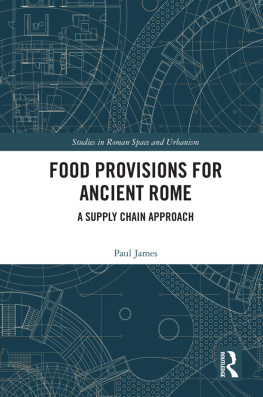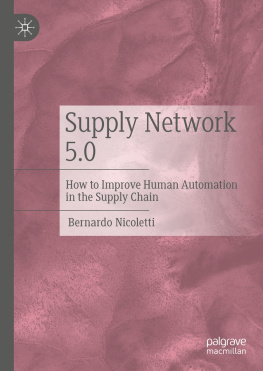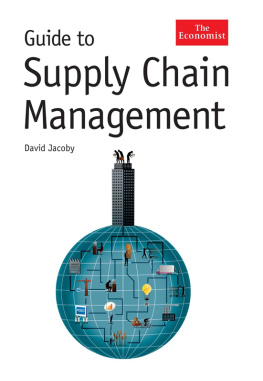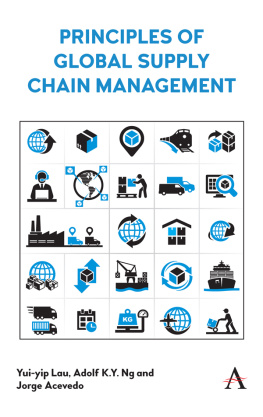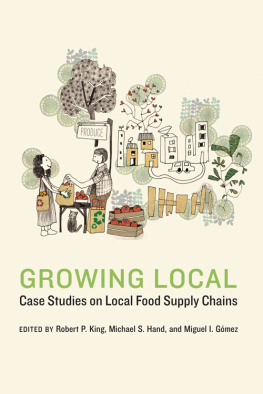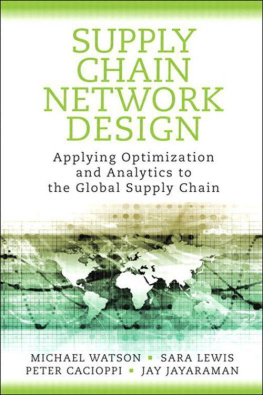Food Provisions for Ancient Rome
This book defines the processes used for delivering a range of food items to the city of Rome and its hinterland from the first century ad using modern supply chain modelling techniques.
The subject matter delves into the wider supply of goods, such as wood and building products, to add further perspective to the breadth of the system managed by the Roman administration to ensure supply and political stability. It assesses the impact of strategic changes such as the introduction of water-powered milling technology and restructuring of the annona in this period, as well as administrative reforms. Evidence from ancient sources, both literary and epigraphic, along with relevant archaeological comparative evidence is used to develop a detailed supply model, including the mapping of warehouse management systems; port and river traffic co-ordination; quality control mechanisms and administrative structures. Unlike other contemporary studies, this model takes into consideration supply chain losses to correct the erroneous assumption that supply is equal to consumption. A product flow map from the source of supply to the consumer details the labour, equipment and infrastructure required at each stage, painting a graphic picture of just what an achievement it was for the administration to have maintained such a complex system over this long time period.
Food Provisions for Ancient Rome provides an in-depth exploration of this topic that will be of interest to anyone working on the city of Rome under the empire, as well as those interested in imperial administration and logistics.
Paul James was awarded his Doctor of Arts by the University of Sydney, Australia, in 2017 where he is currently further researching the topic of the Roman Supply Chain in preparation for a series of papers and another book. His original qualification as a chemical engineer, and his extensive work in supply chain management, has meant that he is a recognised authority on this subject. The current volume on the food supply for Rome was prepared using a combination of his extensive modern workplace expertise in conjunction with his studies of the situation in antiquity.
Studies in Roman Space and Urbanism
Series editor: Ray Laurence, Macquarie University, Australia
Over the course of the last two decades the study of urban space in the Roman world has progressed rapidly with new analytical techniques, many drawn from other disciplines such as architecture and urban studies, being applied in the archaeological and literary study of Roman cities. These dynamically interdisciplinary approaches are at the centre of this series. The series includes both micro-level analyses of interior spaces as well as macro-level studies of Roman cities (and potentially also wider spatial landscapes outside the city walls). The series encourages collaboration and debate between specialists from a wide range of study beyond the core disciplines of ancient history, archaeology and Classics such as art history and architecture, geography and landscape studies, and urban studies. Ultimately the series provides a forum for scholars to explore new ideas about space in the Roman city.
Water and Urbanism in Roman Britain
Hybridity and Identity
Jay Ingate
Urban Space and Urban History in the Roman World
Edited by Miko Flohr
Food Provisions for Ancient Rome
A Supply Chain Approach
Paul James
For further information about this series please visit https://www.routledge.com/classicalstudies/series/SRSU
Food Provisions for Ancient Rome
A Supply Chain Approach
Paul James

First published 2021
by Routledge
2 Park Square, Milton Park, Abingdon, Oxon OX14 4RN
and by Routledge
52 Vanderbilt Avenue, New York, NY 10017
Routledge is an imprint of the Taylor & Francis Group, an informa business
2021 Paul James
The right of Paul James to be identified as author of this work has been asserted by him in accordance with sections 77 and 78 of the Copyright, Designs and Patents Act 1988.
All rights reserved. No part of this book may be reprinted or reproduced or utilised in any form or by any electronic, mechanical, or other means, now known or hereafter invented, including photocopying and recording, or in any information storage or retrieval system, without permission in writing from the publishers.
Trademark notice: Product or corporate names may be trademarks or registered trademarks, and are used only for identification and explanation without intent to infringe.
Library of Congress Cataloging-in-Publication Data
Names: James, Paul (Business consultant), author.
Title: Food provisions for ancient Rome : a supply chain approach / Paul James.
Description: New York: Taylor and Francis, 2020. |
Series: Studies in Roman space and urbanism |
Includes bibliographical references and index.
Identifiers: LCCN 2020020457 (print) | LCCN 2020020458 (ebook) |
ISBN 9780367143398 (hardback) | ISBN 9780429031359 (ebook)
Subjects: LCSH: Food supplyRomeHistory. | FoodStorageRomeHistory. |
Business logisticsRomeHistory. |
RomeHistoryEmpire, 30 B.C.476 A.D.
Classification: LCC HD9015.R6 J36 2020 (print) |
LCC HD9015.R6 (ebook) | DDC 338.1/9375909015dc23
LC record available at https://lccn.loc.gov/2020020457
LC ebook record available at https://lccn.loc.gov/2020020458
ISBN: 978-0-367-14339-8 (hbk)
ISBN: 978-0-429-03135-9 (ebk)
Typeset in Times new roman
by Newgen Publishing UK
Contents
The development of this book owes much to the influence of a number of colleagues from the University of Sydney, all of whom I hold in the highest regard: Richard Miles, Kathryn Welsh, Jelle Stoop, and James Tan. I would also like to thank Professor Neville Morley for gracefully agreeing to work with me over a three-month period in 2015 at Bristol University.
My friend and colleague Colin McBean was kind enough to take the time to travel to Ostia and Rome with me to review the supply processes and to help fine tune the modelling in April 2015. He was also kind enough to spend further time in 2016 to carry out the detailed proofing of the thesis which was invaluable. Another friend and colleague from Sydney University, Tony Mulligan, has provided great support throughout the journey with regular meetings and reviews. Without his regular support and encouragement, this project would never have reached its conclusion.
Any errors or misconceptions that may have occurred as a part of this study are solely mine and not the responsibility of anyone else that has helped along the way.
Last, but not least, I would like to thank my partner, Karen, for her patience and forbearance throughout this process which has taken me away from the family for long periods. Her encouragement and support has greatly enhanced the outcome of the end product.
The motivation for this book began some years ago during a visit to Ostia as part of a University of Sydney study programme. While standing in the via dei Molini (the street of the mills), viewing the remains of the Grandi Horrea (a large grain warehouse) located adjacent to the Caseggiato dei Molini (the house of the mills), it was evident from their relative locations that the builders had an understanding of the need to maximise efficiency, improve customer service, and minimise waste. These were concepts I was intimately familiar with, having worked as a practitioner of Supply Chain Management (referred to as SCM) and Lean Improvement techniques for the previous 30 years. Many organisations strive to improve business performance using a combination of these techniques to reduce waste and improve customer service, and it will be shown below that the Roman administration demonstrated a commitment to these principles with their consistent efforts to maintain stability in the food supply throughout the Imperial period.

